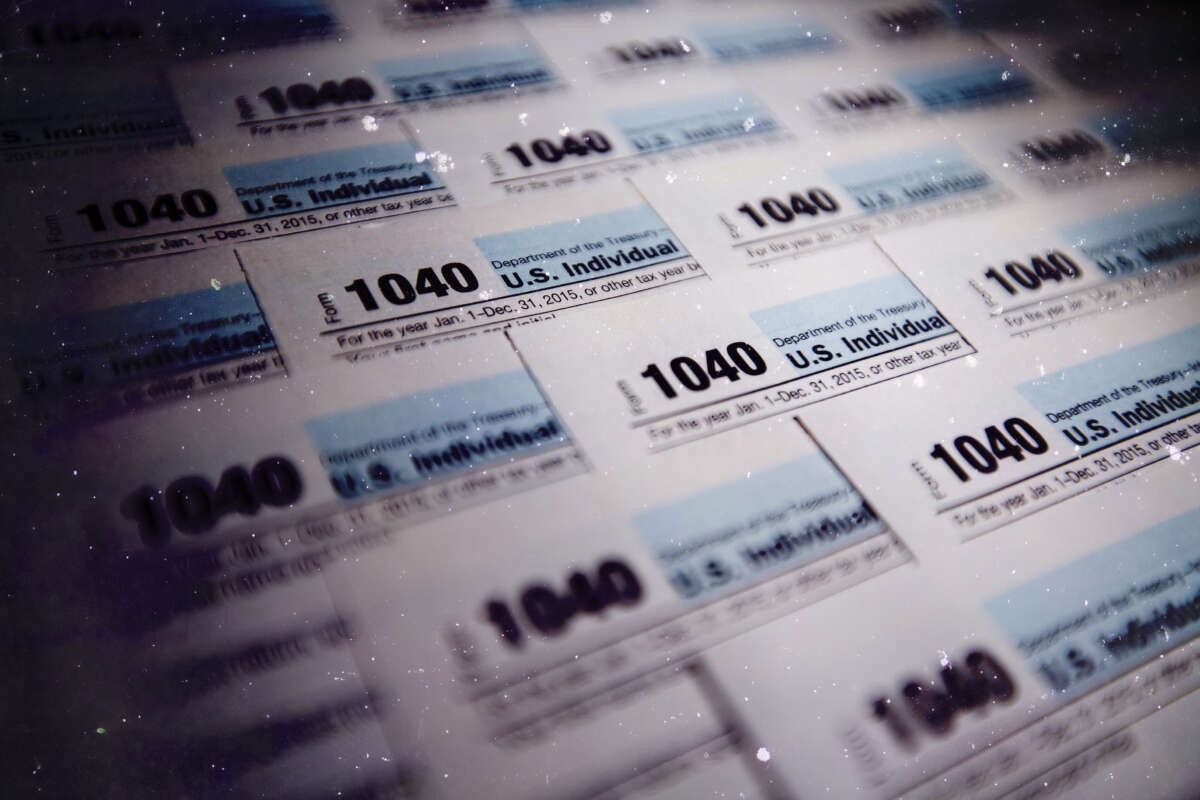The richest 1 percent are benefiting greatly from highly regressive state and local tax codes across the U.S., with tax laws strongly favoring concentrating more wealth in the hands of the rich in the vast majority of states, a new report reveals.
According to a report on state and local tax codes by the Institute on Taxation and Economic Policy (ITEP), the vast majority of state tax and local codes are regressive, meaning that people with higher incomes pay a lower proportion of their incomes than families with low- and middle-incomes.
The wealthiest Americans are reaping the most benefits from regressive tax codes. In 41 states, the report found, the top 1 percent richest households pay a lower proportion of their incomes than the rest of the population, despite having the most ability to part with their incomes; and in all but four states, the top 1 percent are taxed less than the middle 60 percent, a group often categorized as the “middle class” by economists.
In 34 states, meanwhile, the families with the lowest incomes not only pay more of their incomes in taxes than the richest households, they also pay the highest tax rate of anyone else in the state.
These upside-down tax rates have led to tax structures that worsen wealth inequality in 44 states, ITEP found.
This is especially pronounced in the states with the most unequal tax structures, the report found; those with the lowest 20 percent of incomes are taxed at an average rate that’s three times higher than the rate of the wealthiest earners in the states with the 10 most regressive tax codes — Florida, Washington, Tennessee, Pennsylvania, Nevada, South Dakota, Texas, Illinois, Arkansas and Louisiana.
In Florida, which ranked the worst on ITEP’s inequality index, the top 1 percent pay only 2.7 percent of their incomes on taxes on average, while the lowest 20 percent pay 13.2 percent — nearly five times more. By contrast, in the region with the least regressive tax code, Washington, D.C., the top 1 percent paid 11.4 percent of their incomes into taxes, while the lowest 20 percent paid 4.8 percent.
These inequalities are also seen across racial lines; in Tennessee, for instance, ITEP has previously found that Black and Latinx families pay about 1 percent more of their incomes compared to the state average. In Minnesota, the state with the least regressive tax code, Black, Latinx and Indigenous families paid a lower proportion than the state average.
ITEP notes that one of the most important factors driving tax inequality is the type of tax levied by the state or local government. Personal and corporate income tax tend to be the most progressive type of tax, since they are directly calculated based on someone’s income. Property taxes are somewhat regressive, the report found, with low-income homeowners and renters paying more of their income in property taxes than the wealthy.
Sales and excise taxes — or taxes on goods like alcoholic beverages or gasoline — are the most regressive type of tax, the report noted. This is because everyone pays the same dollar amount for this type of tax, which means that lower-income people are paying a larger proportion of their incomes than higher-income people for the same goods.
“The wide variety of results seen across states in this study proves that regressive state and local taxation is not inevitable. It is a policy choice,” the report says. “It is ultimately up to the public and their elected officials to decide whether they want to continue a status quo where, in most states, the highest-income families face the lowest state and local tax rates.”
The analysis comes as income inequality is on the rise across the globe and wealth inequality has skyrocketed in the U.S., particularly in the last few years. A recent report by Americans for Tax Fairness using Federal Reserve data found that America’s billionaires and people with over $100 million in wealth collectively held a towering $8.5 trillion in unrealized capital gains in 2022, meaning that the wealth that this select group of individuals are sitting on with their assets alone is more than double the wealth held by the entire bottom 50 percent in the U.S. combined.
Media that fights fascism
Truthout is funded almost entirely by readers — that’s why we can speak truth to power and cut against the mainstream narrative. But independent journalists at Truthout face mounting political repression under Trump.
We rely on your support to survive McCarthyist censorship. Please make a tax-deductible one-time or monthly donation.
